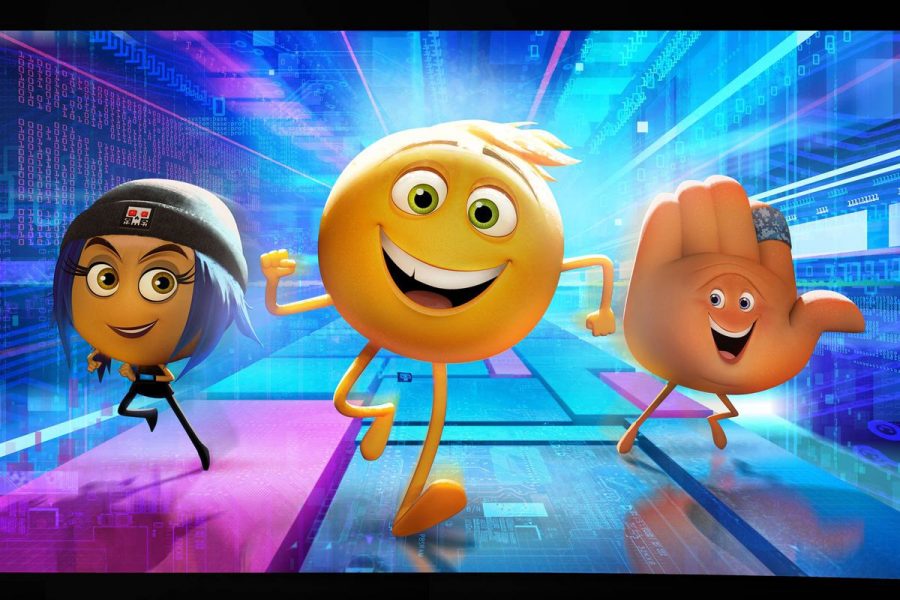Emojis look toward the future
“The Emoji Movie” is forward-thinking in its grasp of communication and is deserving of a better reputation
December 2, 2021
The Oxford English dictionary defines the word “meh” as an interjection used as an expression of indifference or boredom. Tony Leondis’ “The Emoji Movie” makes me feel anything but.
When our Life Editor, Selinna Tran, presented me with the incredible opportunity to write about one of Leondis’ greatest films, I jumped off the couch and raced to my computer. I can’t describe the feeling of joy that rushed into my chest as I thought about how much time I was going to spend writing this piece.
“This is going to be the most significant article that you ever produce,” Selinna texted.
“I know,” I replied.
Right away, I knew that this was more important than anything else that could occupy me, so I rushed through all of my term papers and take-home exams in order to have more time to think about “The Emoji Movie”. After four days of watching, reading and engaging in forward-thinking dialogue about the film and its endless supply of rich storytelling, I couldn’t find a better way to start discussing the movie than by talking about myself.
I am a writer living in an era where authentic art must be protected and its artists galvanized. And there is no better writer to guard the legacy of Leondis and his masterpiece than someone who has watched multiple Youtube videos about “The Emoji Movie”. I will be helping to ensure that the critical reputation of the film is reversed by writing this article.
When all of Wake Forest’s student body picks up a print edition of the Old Gold & Black, they will read this column at the very back of the paper and immediately take a picture of it so that they can share it on their social media profiles. From there, it will only be a matter of time before this story gains national attention. After an overabundance of positive media coverage and public opinion, Rotten Tomatoes will be forced to change its rating of “The Emoji Movie”.
Frankly, I can’t understand why “The Emoji Movie” got such bad reviews. Doesn’t having Maya Rudolph and Sir Patrick Stewart mean that old people will automatically enjoy the film? The Emoji Movie had a star-studded cast that even included James Corden. How can you not laugh whenever you hear him talk?
One day, emojis will most likely be our primary form of communication. The critics and naysayers who ruined public sentiment towards “The Emoji Movie” are going to look stupid when computers and phones don’t have keyboards anymore. Think of all the time we could save when we just have to read a couple of emojis instead of hundreds of words!
The article that I am writing now is a necessary evil. I am looking forward to the day in which journalists will simply type a bank emoji, a facepalm emoji and a stock-going-down emoji, and then watch as a powerful businessman is held accountable for his illegal actions. I will be excited to watch as a struggling community is lifted into the international spotlight through the power of the praying hands emoji and different heart and money emojis. Writing will be much more emotive and efficient.
I don’t foresee any personal difficulties with the fame and notoriety that will be forced upon me after I single-handedly reset this movie’s critical reception. I was an extremely popular individual in high school, which my fellow students at Wake Forest tell me is really impressive. I understand that it is critical to use my influence in a constructive way.
The only favor that I ask in advance for this act of societal benefit is that Leondis would watch one of my favorite movies of all time with me: “Lilo & Stitch 2: Stitch Has a Glitch”. This is his second greatest film, behind “The Emoji Movie”, of course. If you ask anyone who knows me, they will tell you that I am the biggest Stitch fan on the planet. I can do the voice and everything.















